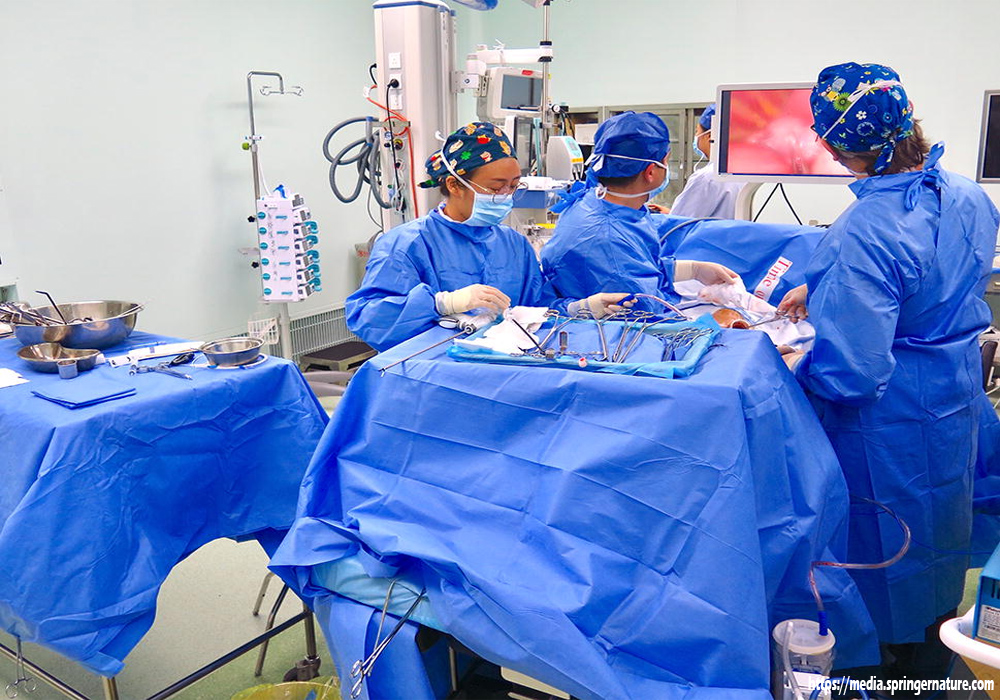Key Alterations RESULTING From the Operate HEALTH Safety ACT 2019
1.0 INTRODUCTION
The Operate Health and Safety Bill 2011 and Occupational Health and Security Amendment Bill 2011 have been passed by the Decrease and Upper Home of NSW Parliament on June 1, 2011. The Perform Health and Safety Act 2011 incorporated the following adjustments towards the current Act from January 1, 2012. At present, the Act is in place in; New South Wales, Queensland, Australian Capital Territory along with the Northern Territory. Victorian Parliament has thrown the Bill out of Parliament, based on the initial implementation price for SME’s, with small or no capital acquire for the outright expenditure on the organisation/s. There were also concerns relating to the union/CFMEU influence and attainable control of elected Health and Security Representatives, who can now issue ‘Provisional Improvement Notices’ and ‘Cease Work Notices’ to their respective employer/PCBU.
2.0 THE ALARP PRINCIPLE
The Act has placed an insertion for the duty of care definition, for the make certain health and safety of workers, concerning dangers posed whilst performing operating duties on behalf of a corporation is “as far (low) as reasonably practicable.” This is known as the ‘ALARP Principle.’
The core modifies in the harmonization legislation, now places sole emphasis around the ‘ALARP’ principle. The principle itself moves away from previous state legislation, that an employer can, with issues of OHS, implement “infinite; time, work and money (that) can be spent, on an attempt of minimizing the danger involved with an activity to zero.” This now is no longer the case.
An employer now must ensure that dangers in the workplace are assessed by way of the ALARP principle, working with the Hierarchy of Controls to decide the lowest point of danger. No longer can organizations throw money at a safety problem (worker instruction, finances for extraordinary licenses, etc.) Employers now are essential to possess documented proof that risks posed to all levels of staff, had been assessed utilizing the Hierarchy of Manage (Elimination, Substitution, Isolation, Engineering, Administration, PPE.) Upon finalizing a selection based upon the HOC, evidence supporting the reason/s why it was deemed as posing the lowest doable risk to the employees, has to be in a position to be offered to auditors and external parties, if and when essential.
2.1 IMPLEMENTATION INTO AN OHSMS
To ensure ALARP, further emphasis is now getting placed on employers to have a structured Occupational Health and Safety Management System (OHSMS,) and also the acceptable documented and recorded paper trail as proof that all dangers posed to an employee, regardless of what their employed function, have been assessed by all levels from the corporation representation, with appropriate control measures implemented.
2.2 IMPLEMENTATION INTO AN OHSMS
Ensuring ALARP principles approaches are reasonably basic; it all boils down to prevalent sense. The old saying, however, of “Common sense is not all that frequent!” continues to be relevant.
- A broadly recognized and on-going company induction process for all personnel, which includes re-training,
- Assessing education requires, regardless of whether on the job or requiring a certified RTO course,
- Documentation of all instruction is now needed (soft/hard copy certificates and qualifications, corporation education logs, and so forth.),
- Involvement of all staff in security matters (security notifications, committee meetings, election and consultation of health and security representatives,
- Danger Assessments on owned and hired Equipment/SWMs for frequent operates, JRA’s for all web page visits. All documentation demands an instruction and assessment plan for all employees, with the on-going review.
- Test and Tagging compliance with plant equipment,
- Ongoing servicing of all plant and gear applied by the workforce
- Possible corrective actions, arising from incidents and hazard types, appropriately assessed.
When implementing the changes, Elimination and Substitution should always be the first port of call, and needless to say, the popular sense being administered to all possible actions necessary undertaking.
3.0 DEFINITION Alterations
The term ’employer,’ has now been replaced by the term ‘Persons Conducting Small business or Undertaking’ (PCBU.) A PCBU conducts an organization or undertaking alone or with other individuals (proprietorship or joint venture). The enterprise or undertaking can operate for-profit or not-for-profit, so this can consist of volunteers and charity organizations, a move which has already come below scrutiny from external parties.
The word ’employee’ has now been replaced by the term ‘worker.’ A worker is anyone who conducts and performs perform to get a PCBU, which now involves:
- Personnel,
- Contractors or subcontractors,
- The staff of contractors or subcontractors,
- Labour employs staff,
- Apprentices or trainees,
- Students on operate expertise,
- Outworkers,
- Volunteers.
3.1 IMPLEMENTATION INTO AN OHSMS
All wording within manuals, documents, and company contracts demand to be altered to ‘PBCU’ and ‘worker.’ The definition enables litigation cases to be brought against any individual inside a firm, providing you’ll find grounds that a worker was grossly negligent while performing operates to get a PCBU, affecting the health and safety of other folks. Even though broadly unpopular, volunteers and charities now also can be sued. Are procedures and policies in location to defend your workers? Is there a system for rectifying negligent behavior?
A requirement to raise awareness to exist, workers, that the State now can initiate proceedings against an individual and not only a PCBU entity, needs to become performed. Inclusions of details within; security notifications, employee inductions, or basic toolbox meetings are a great way of informing employees of their legal responsibilities towards OHS.





